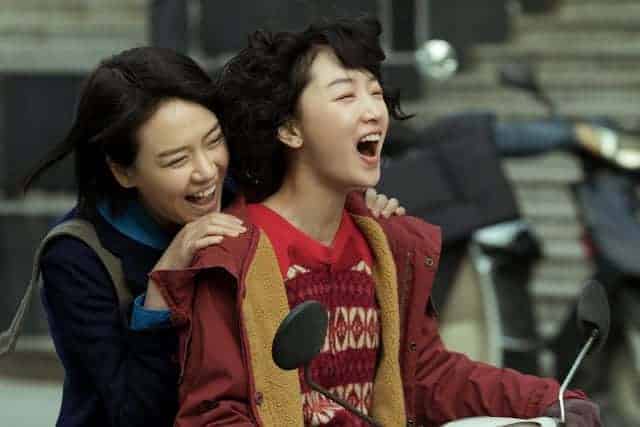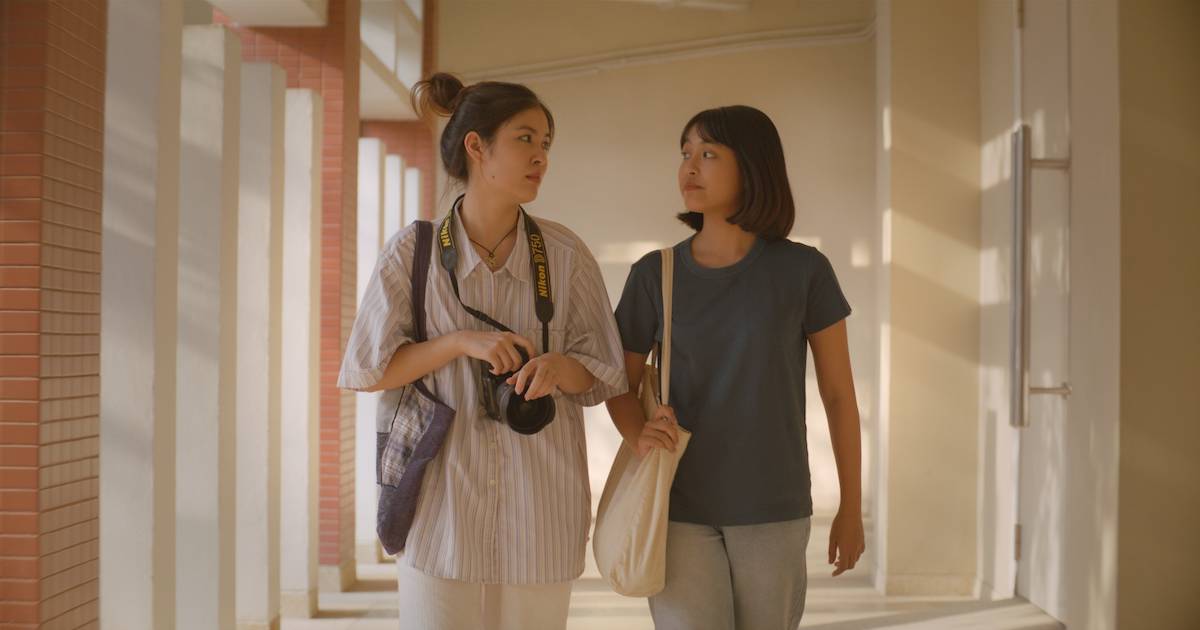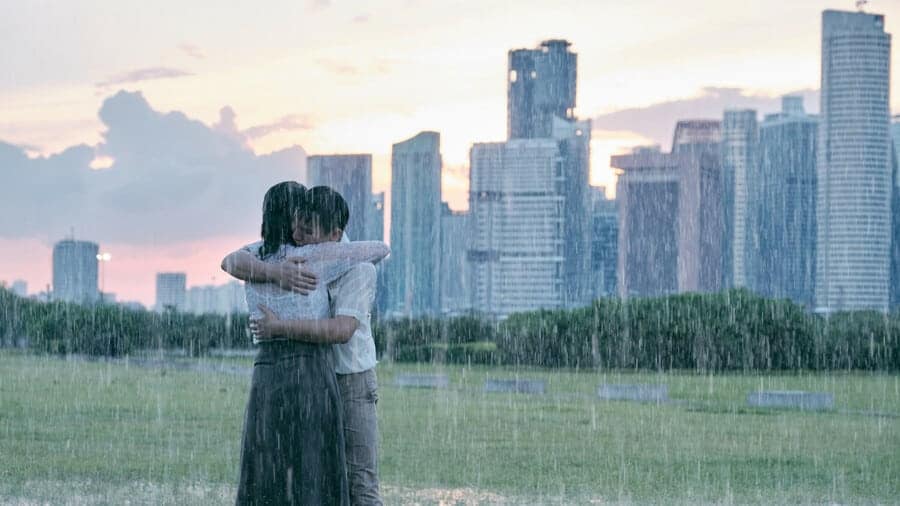Also of note are two rather iconic scenes. The first one is actually the introductory one, where Shingen is sitting in his room with Nobukado and an unnamed thief. Nobukado saved the thief before he was crucified, due to his uncanny resemblance to the Daimyo. Shingen and Nobukado examine the thief, talk about his background and his similarities with Shingen, and in the end, Nobukado suggests that they use him as a body double. Although they wear the same clothes, Kurosawa has placed them in a way that establishes their ranks in definite fashion. The thief is sitting on the floor, on the lowest point of the room. Nobukado is on an elevated floor, a little above, and Shingen in a dais, in the highest place in the room.
In terms of context, the scene does a wonderful job of establishing, from the beginning, the personalities of the three characters. The daimyo is utterly faithful to his clan and willing to do anything to protect it. Nobukado has the exact same inclination toward his brother. The thief is willing to do anything to survive, with his loyalty lying just to himself.
The second is the final sequence, which depicts the Battle of Nagashino (May 21, 1575), the first military battle where firearms were used systematically on a large scale, particularly from the Nobunaga clan. This action actually ensured their victory and deemed Katsuyori's decision the one that brought the clan down. The scene is set in a battlefield and is shot in memorable fashion, on two axes. The first one is the perspective, since the audience does not witness the action, but rather the protagonists' reactions to the battle, as if it was looking outside instead of inside, contrary to the introductory scene. The second axis is the absence of sound, a technique that forces the audience to concentrate on the images depicted on screen. In combination with the slow-motion, Kurosawa creates a truly agonizing and occasionally grotesque sequence, with the cuts to fallen horses trying to get back on their feet being the most shocking, even more than the human carnage presented on the ground.
Lastly, the ending of the battle scene is equally impressive, this not time not through its technique, but through its symbolism. Kagemusha reveals himself behind some bushes and runs into the battlefield. He seems like he believes that he can have some impact on the outcome of the battle, despite being an already broken man. He even takes a lance and runs toward his enemies only to be shot, just as the rest of the Takeda clan's army. While he is wounded, he manages to reach the sea and we watch him trying to reach the banner of the clan, in a last effort of his to die as Shingen. However, his death and a current do not allow him to achieve even that, in a double symbolism that signifies the fact that he never managed to be Shingen, and that he had finally broken loose of him.
As the final frame fades, “Kagemusha” stands as a testament to Akira Kurosawa's indomitable spirit in filmmaking. Overcoming financial hurdles and casting challenges, his vision materialized into a cinematic masterpiece. The film's intricate script, a dance of identities and Shakespearean echoes, unfolds through a stellar cast, led by Tatsuya Nakadai's dual portrayal. From the symbolic opening to the haunting final battle, “Kagemusha” remains a triumph, a brushstroke on the canvas of cinema's finest.













